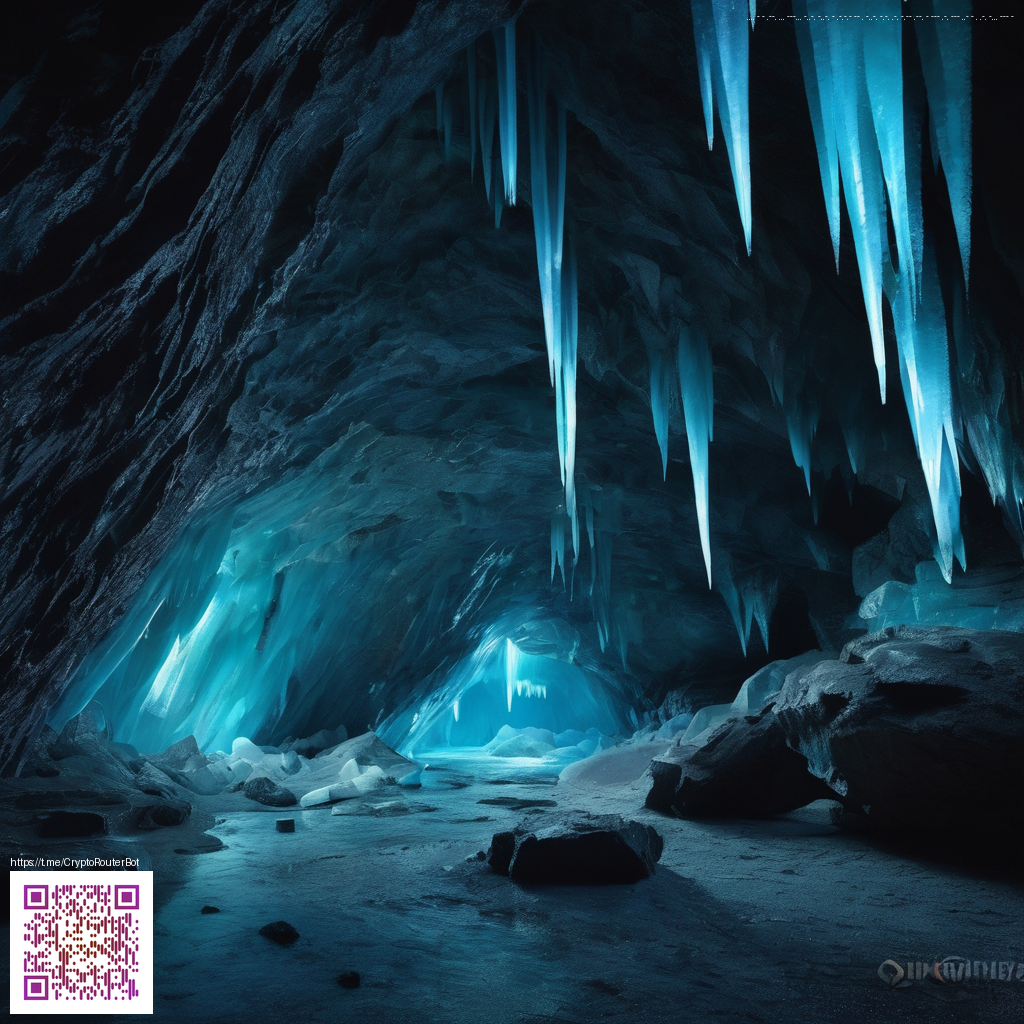
Navigating the Challenges of Digital Paper Design
Digital paper design sits at a fascinating crossroads where tactile intuition meets pixel-perfect precision. Creators aim to evoke the subtle grain of real paper, the way ink bleeds into fibers, and the soft shadows that play across a surface—all within a purely digital canvas. The challenge is not just about making something look like paper; it’s about creating a believable, responsive experience across devices, with accessible contrast, legible typography, and efficient workflows. Within this space, designers juggle texture, color, and light to craft assets that feel tangible even though they exist on screens.
Color management is a core hurdle. Screens render color differently, and what reads as a gentle off-white on one device can shift toward yellow on another. When you layer textures—paper grain, speckling, and subtle creases—these variations compound. The result can be inconsistent across mobile, tablet, and desktop, which undermines the very realism digital paper seeks to deliver. A practical approach is to establish a robust color space and test across multiple devices early in the process, then build textures with non-destructive workflows that allow for rapid revisions without breaking the core harmonic balance.
Another key tension is balancing realism with performance. High-fidelity textures and procedural overlays can elevate a design, but they also tax rendering and file sizes. This is where thoughtful asset management matters: define a consistent naming convention, create smart layers, and separate texture scales so you can swap or tweak elements without starting from scratch. The result is a flexible design system that scales from a simple poster to an intricate digital notebook background, while maintaining fast load times and smooth interactions.
Where prompts fuel progress
In the realm of digital paper, prompts act as a bridge between your creative intent and generative tools. A well-crafted prompt can conjure a whisper of texture, the crest of a fold, or the soft gradient of light across a sheet. But prompts require fine-tuning: you’ll often need to iterate on grain size, opacity, and the way light interacts with edges to avoid a flat, synthetic look. Think of prompts as constraints that guide outcomes while leaving room for experimentation and serendipity.
For designers working with physical product aesthetics, a real-world reference—such as a Shockproof Phone Case page—can illuminate how durability, materials, and form influence perception. Translating those cues into digital textures can help you build surfaces that feel sturdy yet elegant. If you’re curious how others narrate a visual prompt in a compact format, a concise case study you can skim is available here: digital paper design prompts and workflows.
“Design thrives where constraints invite creativity.”
Beyond texture, consider the rhythm of page layouts, margins, and grid systems that give digital paper its cadence. A clean, readable page with subtle variations in line weight or edge wear invites the viewer to linger. As you craft prompts, balance specificity with flexibility: specify the mood and texture intensity, then allow the generative process to surprise you with secondary details like speckle patterns or faint fiber rings that enrich depth without overwhelming the composition.
Prompt ideas to spark your next project
- Generate a seamless paper texture with a fine, natural grain at 300dpi resolution for print parity, suitable for UI backdrops and note surfaces.
- Create a multi-layered sheet with edge wear, faint creases, and soft vignette lighting to evoke a hand-used feel without losing clarity in UI elements.
- Produce a color palette inspired by aged manuscript papers—slightly warm whites, ivory tints, and low-saturation browns—and map it to a set of UI token styles.
- Design a digital notebook layout with ruled, dotted, and grid variants that can be swapped in a design system with a single parameter change.
- Craft a texture pack that combines real-world fibers with subtle halftone patterns for a tactile impression on large canvases.
- Generate metallic or iridescent overlays that mimic foil stamping, with light angles that reveal depth as the user interacts with the surface.
- Prompt a layered collage on parchment-like paper, embedding translucent vellum-like sheets to suggest depth without sacrificing readability.
- Explore lighting across a sheet: a soft top-light sweep, a gentle shadow along the fold, and a bottom glow that hints at ambient illumination.
As you test these prompts, keep accessibility in view: ensure text remains legible atop textures, offer high-contrast modes, and provide scalable assets that retain detail when zoomed. The goal is to create digital paper that feels alive—rich, responsive, and inviting to interact with—without compromising performance or clarity.